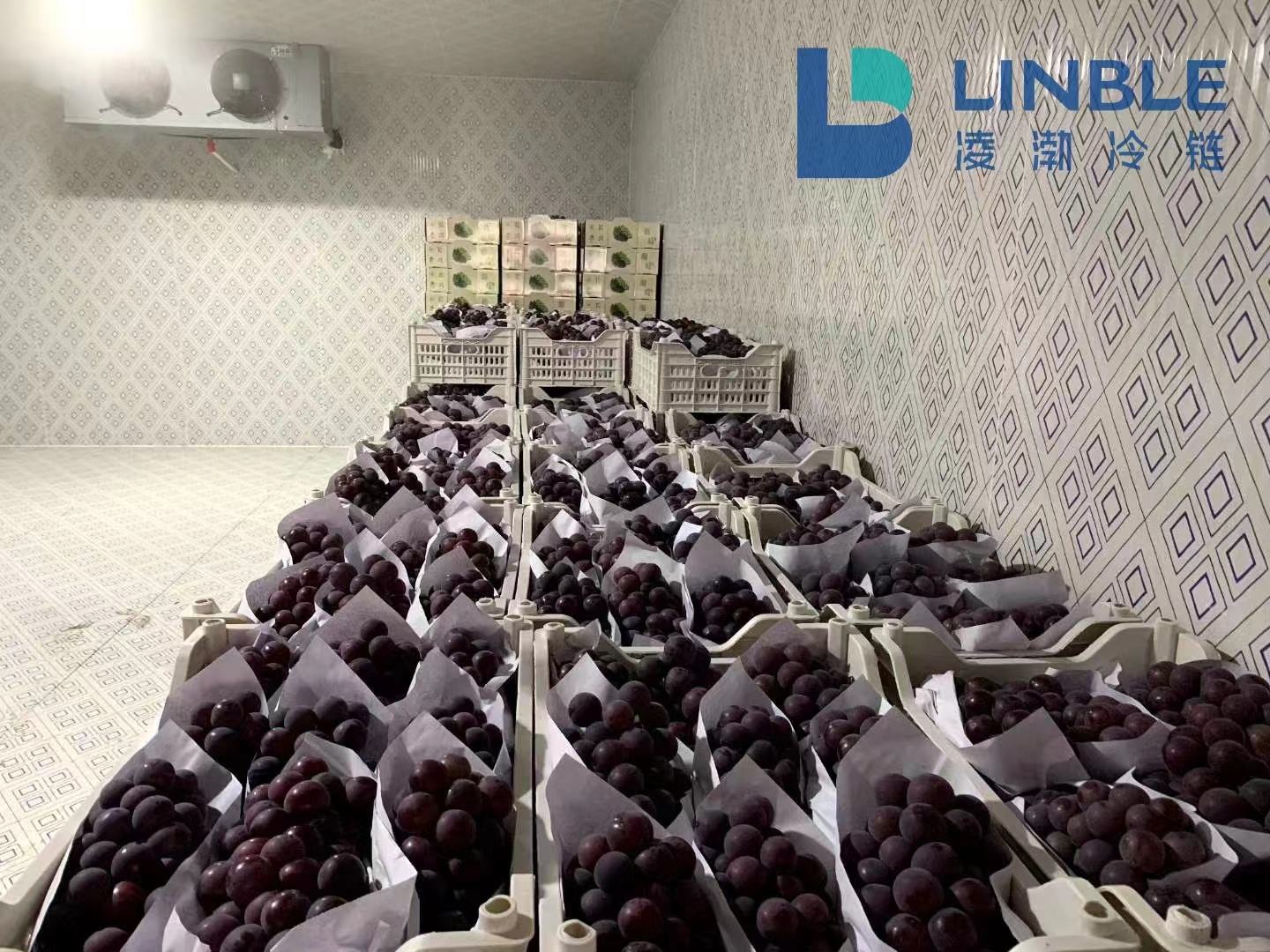Views: 10 Author: Site Editor Publish Time: 2022-08-16 Origin: Site

Fruits and vegetables contain a lot of water, which is necessary to maintain their life activity and freshness. After fruits and vegetables are picked, they can no longer get the water supply from the mother, and during the long-term storage process, the water will gradually evaporate.
Fruit and vegetable water evaporation, on the one hand, due to respiration, send out a part of water; On the other hand, the humidity of the storage environment is too low, which causes wilt. Therefore, the humidity of fruit and vegetable cold room should be adjusted, generally maintained at 85%~90%.
If the humidity is too low, you need to install a humidifier in the cold room to adjust it. For the cold room without a humidifier, you can also sprinkle clean water to increase the relative humidity of the cold room.
If the humidity is too high, it will create growth links for microorganisms and accelerate the decay of fruits and vegetables. At this time, you can put some dry lime or anhydrous calcium chloride in the cold room and other moisture absorption.
The temperature and humidity of fruit and vegetable refrigerated storage should be kept stable as far as possible, without large fluctuations, otherwise it will stimulate the respiration of fruits and vegetables and increase consumption.
How to prevent the occurrence of "cold bridge" between cold room?
What are the humidity requirements for fruit and vegetable storage?
What harm will be brought by improper treatment of cold storage moisture-proof air isolation layer?
What are the requirements for the installation position of compressor units?